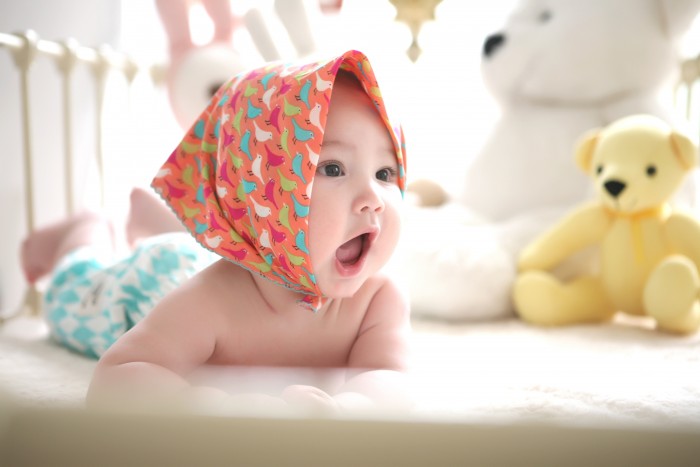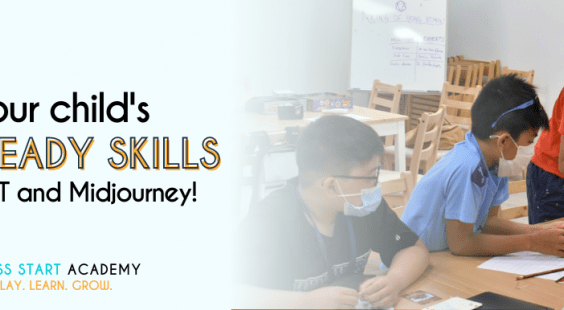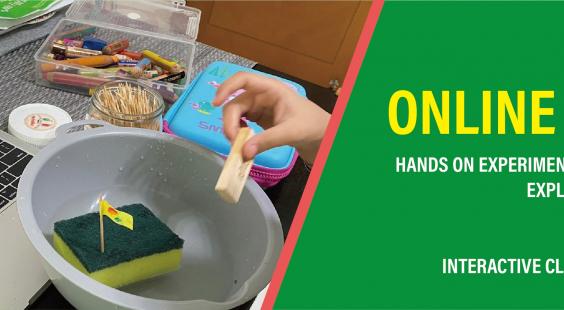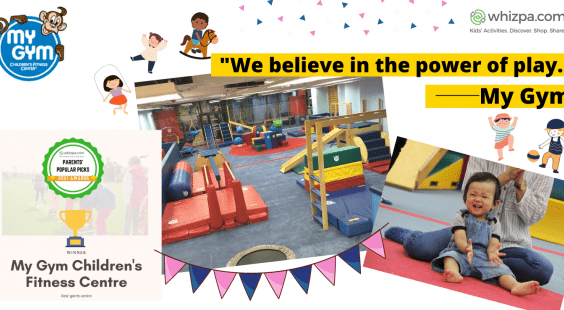
Baby Gyms – a fad, or here to stay?
With a budding toddler in tow, I find myself sounding like a broken record as I remind baby Pi: “Be careful!”; “Look where are you going!” on an hourly basis each day. Our girl has this habit of dashing around in one direction whilst her head faces the opposite one! After one nasty accident and a visit to the hospital emergency room, we gradually realized that baby proofing was only half the solution. After all, how realistic is it to baby-proof everywhere we go?!
A parent’s instinct is to always protect your baby from falling. But as the saying goes “You learn to walk by learning how to fall first”, I recently began to consider that there may be more viable and effective methods to educate Pi about safety.
The 101 on baby gyms
Baby gyms have been around for over 40 years, initially starting out in the late 70s in the U.S. In addition to being a facility for children to freely explore and to book out for private parties, most baby gyms also have a program designed to cater for various ages.
The classes are typically grouped by age and, for children under 3 (like Pi), the class is adult-accompanied. Classes range from 45 minute - 1 hour which includes a mix of free exploration, structured activity and circle time with songs. The positives of attending such programs range from the development of psycho-motor skills to having increased confidence, self-esteem and independence. This sounds almost too good to be true, I decided to look at the research behind baby gyms to understand how we could benefit in a tangible way.
Movement as expression
You don’t need a scientist to tell you that all children love moving and observing anyone (or anything) that moves! Once Pi started walking, I noticed she was fascinated with the daily tai-chi and ribbon dancing classes happening in our neighborhood. On our morning walks, she would watch these routines with fascination and tried to mimic their movements (with mixed success!).
When an infant’s verbal language is limited, movements become their way of expressing themselves. Think toddler tantrums as they whinge, whine and wail, often accompanied with wildly flapping arms, incessant leg kicking and, on some occasions, lying on the ground refusing to budge altogether.
As a mother and teacher of toddlers, I have witnessed and experienced all of the above. My go-to solution is to often verbalize what they may be feeling “It looks like you may be feeling tired now.” Whilst this appeals on an emotional level, we also need to attend to the physical aspect. Children have no idea of their own strength and they sometimes unconsciously move at full force which may result in injuries in themselves and others. Having a better control of their muscles and motor skills sound like a feasible first step and I was keen to hear from experts on how we could manage toddler tantrums in a safe and respectful way.
Movement for cognitive development
Science findings show that learning and using our motor skills activate the same parts of the brain as when one is engaged in cognitive and thinking tasks. In fact, we sometimes get stuck for ideas after sitting for long periods of time but after a walk or exercise, we are hit with new inspirations. The same could be said for children’s development, working on refining their motor skills can also have an impact on their cognitive development.
Teaching motor skills at an appropriate pace helps children master their coordination, balance and strength. What starts out as simple hand-eye-coordination activities such a chasing bubble and throwing a ball provide the foundations for building self-esteem as the children increasingly tackle more difficult challenges. A high level of self-esteem translates to more engaged learning and enjoyment in the classroom, playground and beyond.
Movement for emotional and social intelligence
Aside from the physical skills babies pick up, children also benefit from an emotional and social level. Very often, how a child reacts to falling will depend on how the adult responds. If we rush over to the child immediately, they will cry louder and ask to be held. In contrast, if we encourage them to stand up, they may forget about the fall and move on to the next task. It is all part of building resilience, an important skill for life.
The varied activities at the baby gyms also encourage children to try new things and not to be intimidated by new challenges. As an adult, think back to the times when you tried new activities and experience, the rush of adrenalin from conquering a Bungee jump or the completion of a challenging project at work. That’s the same feeling when your child conquers a slide or successfully climbs out of the play tunnel.
Baby gyms provide a perfect opportunity for children to learn about social skills. Through the activities, children learn about order, queuing up to wait for their turn and cooperating with other children. Given the emphasis on safety at baby gyms, it is important that parents / caregivers and children listen and follow instructions, providing children an ideal opportunity to practice their listening skills.
Our key takeaways
Reflecting on our trial classes’ experience, I admit I was pleasantly surprised and both Pi and I really enjoyed the classes. It was refreshing to try something different which got us up on our feet. As a parent, I particularly benefited from the teachers’ explanation of the movements and advice on what we could be doing at home to support our children’s development.
Overall it was a positive experience, I must admit I now see the merits of these programs. Most baby gyms start catering for babies as young as 4 months but as a personal recommendation, I feel that we would benefit more when Pi is a little older.
What’s more, baby gyms may come in handy during Hong Kong’s rainy and typhoon seasons and gives families whom may have limited access to safe open spaces a viable alternative. It gives parents much needed support and advice in helping their children develop in the long-term.
By Jeannie Leung
Here are just a few of the many options available when you search baby gyms on whizpa.com:
Gym Danny | Kidnetic sports | My Gym (Central) | My Gym (TST) | My kiddy gym | The Little Gym








